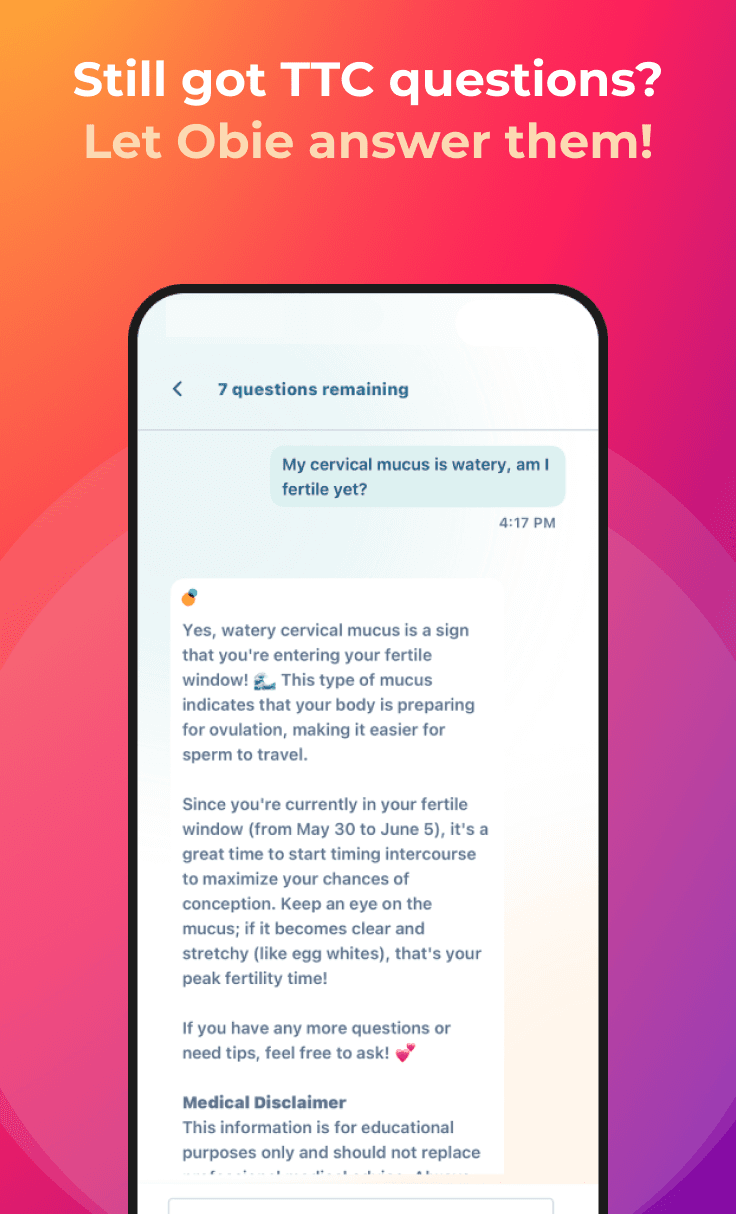New Method Gives Hope to Infertile Women
Fertility and Infertility News
Obie Editorial Team
 Researchers at the Stanford University School of Medicine created a new technique that helps infertile women produce eggs. Using this technique, doctors at the St. Marianna University School of Medicine in Kawasaki, Japan, helped one woman give birth to a healthy baby boy. Another woman is pregnant after undergoing the procedure.
Researchers at the Stanford University School of Medicine created a new technique that helps infertile women produce eggs. Using this technique, doctors at the St. Marianna University School of Medicine in Kawasaki, Japan, helped one woman give birth to a healthy baby boy. Another woman is pregnant after undergoing the procedure.
During the procedure known as in vitro activation, or IVA, doctors remove the entire ovary or portions of the organ from the woman. Clinicians then treat the tissue outside of the woman’s body then re-implant the tissue near her fallopian tube.
This procedure helps women whose ovaries stop functioning properly before the age of 40, causing early menopause and infertility. Doctors refer to this condition as primary ovarian insufficiency, or premature ovarian failure (POF). While these women no longer have menstrual cycles, their ovaries still contain follicles that can release eggs.
How the Procedure Works
When a woman is born, her ovaries contain 800,000 very small, primordial follicles. Most follicles remain dormant throughout a woman’s life, with only about 1,000 follicles growing each month. One of the follicles matures enough each menstrual cycle to produce an egg. A group of proteins, especially the PTEN protein, along with a mechanism known as the Hippo pathway seems to limit the number of follicles that can grow at one time in order to preserve the woman’s supply of eggs.
Other research has shown that blocking PTEN protein activity triggers dormant follicles to produce eggs. The researchers at Stanford found that splitting the ovarian tissue into pieces disrupts the Hippo pathway. Combining the two treatments seems to activate a significant number of follicles.
Twenty-seven women took part in the experimental study in Japan. Five women developed mature eggs suitable for re-implantation. Doctors fertilized the eggs with sperm from the participants’ partners. Clinicians allowed the embryos to divide into four cells before freezing in preparation for implantation into the women’s uteruses. As of October 2, 2013, one woman had received two embryos and has now given birth.
Dr. Kazuhiro Kawamura, associate professor of obstetrics and gynecology at the St. Marianna University School of Medicine and a lead author of the study said, “I could not sleep the night before the operation, but when I saw the healthy baby, my anxiety turned to delight. The couple and I hugged each other in tears. I hope that IVA will be able to help patients with primary ovarian insufficiency throughout the world.”
A second woman received one embryo and is currently pregnant. Another woman received an embryo but did not become pregnant. The final two of the five women are waiting for embryo re-implantation or are undergoing additional rounds of egg collection procedures.
Source:
- Conger, Krista. "Stanford-developed technique induces egg growth in infertile women, and one gives birth." Stanford School of Medicine. 30 Sept 2013. Web. 7 Oct 2013.
- Kazuhiro Kawamura, et al. "Hippo signaling disruption and Akt stimulation of ovarian follicles for infertility treatment." PNAS 2013. published ahead of print September 30, 2013, doi:10.1073/pnas.1312830110








